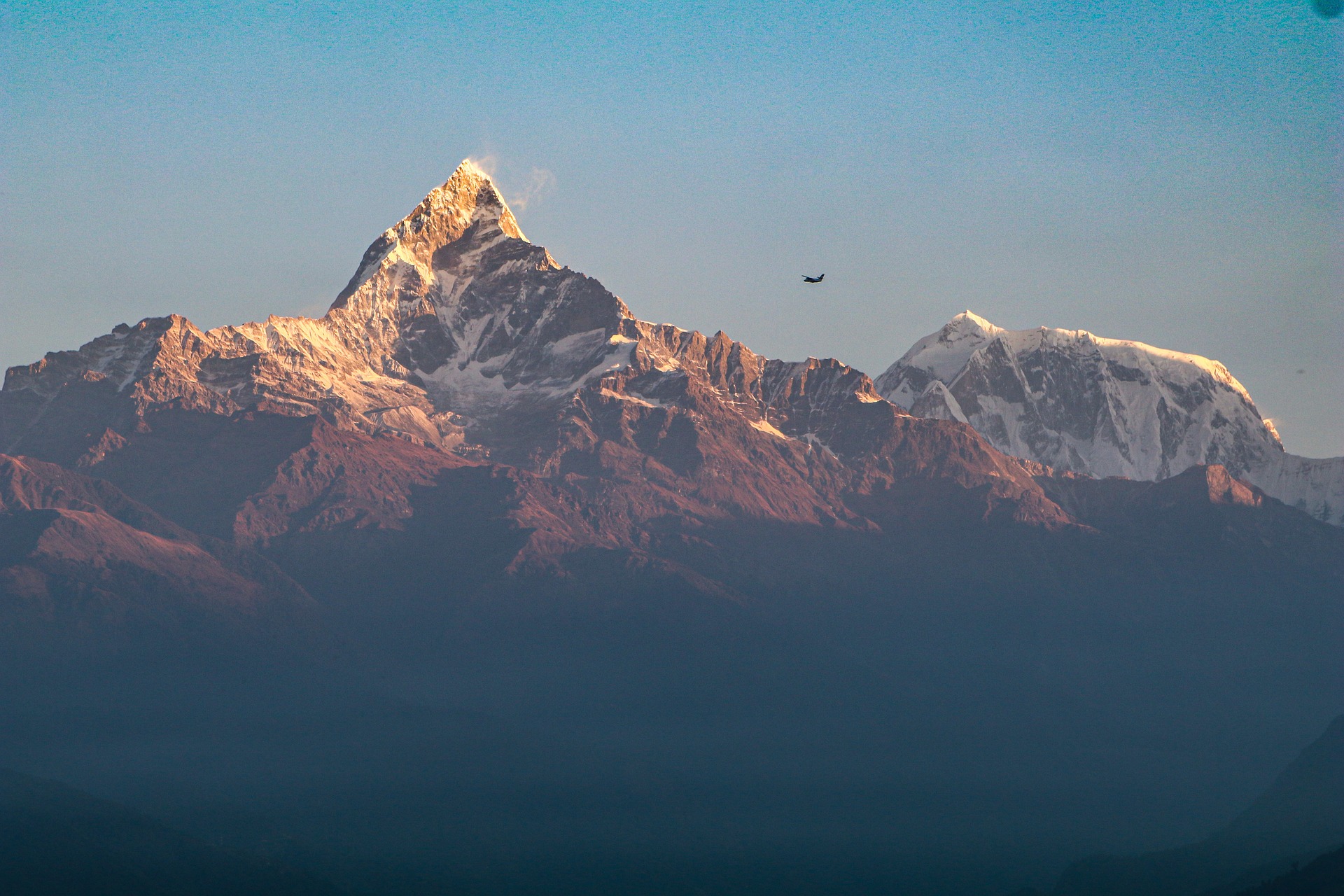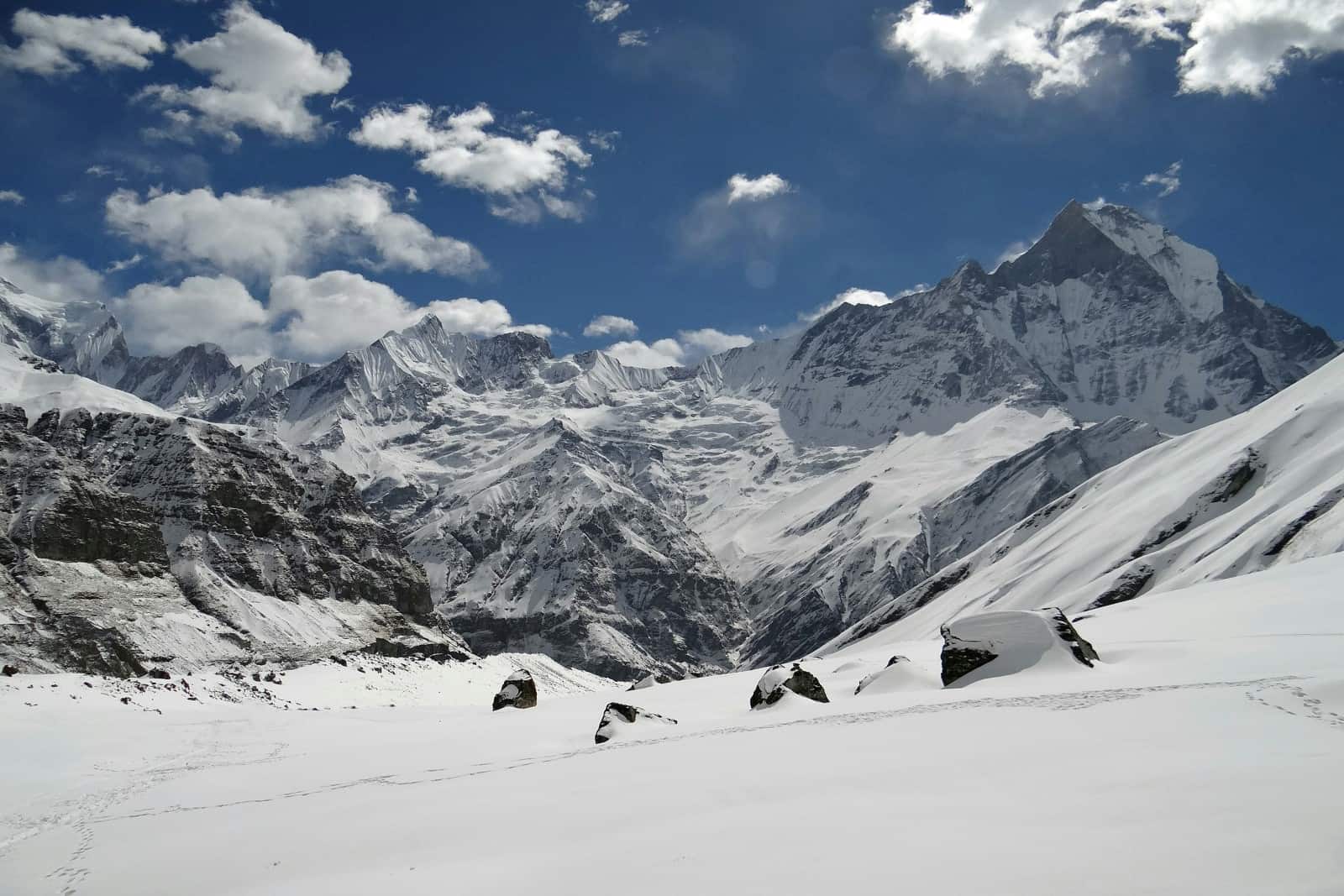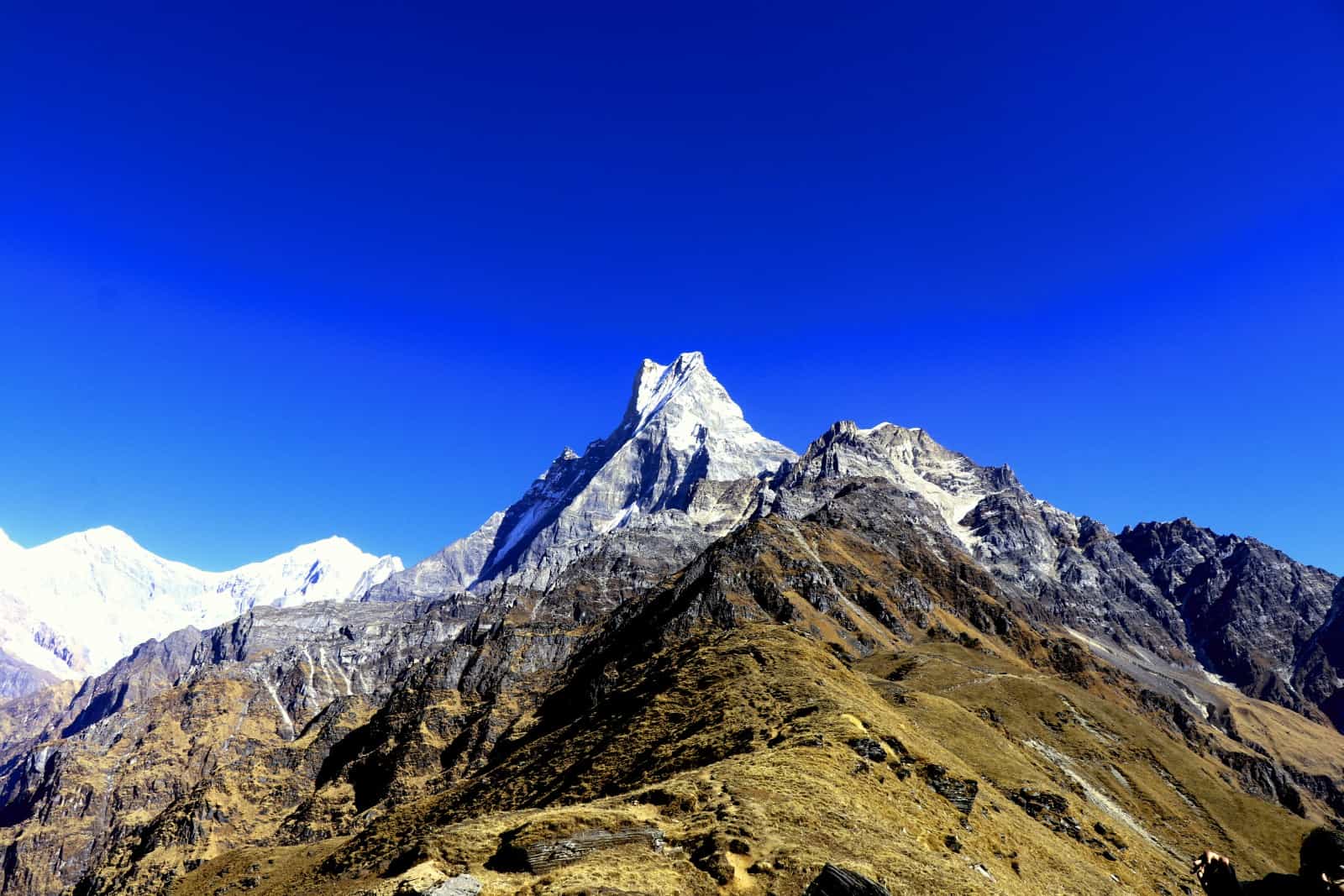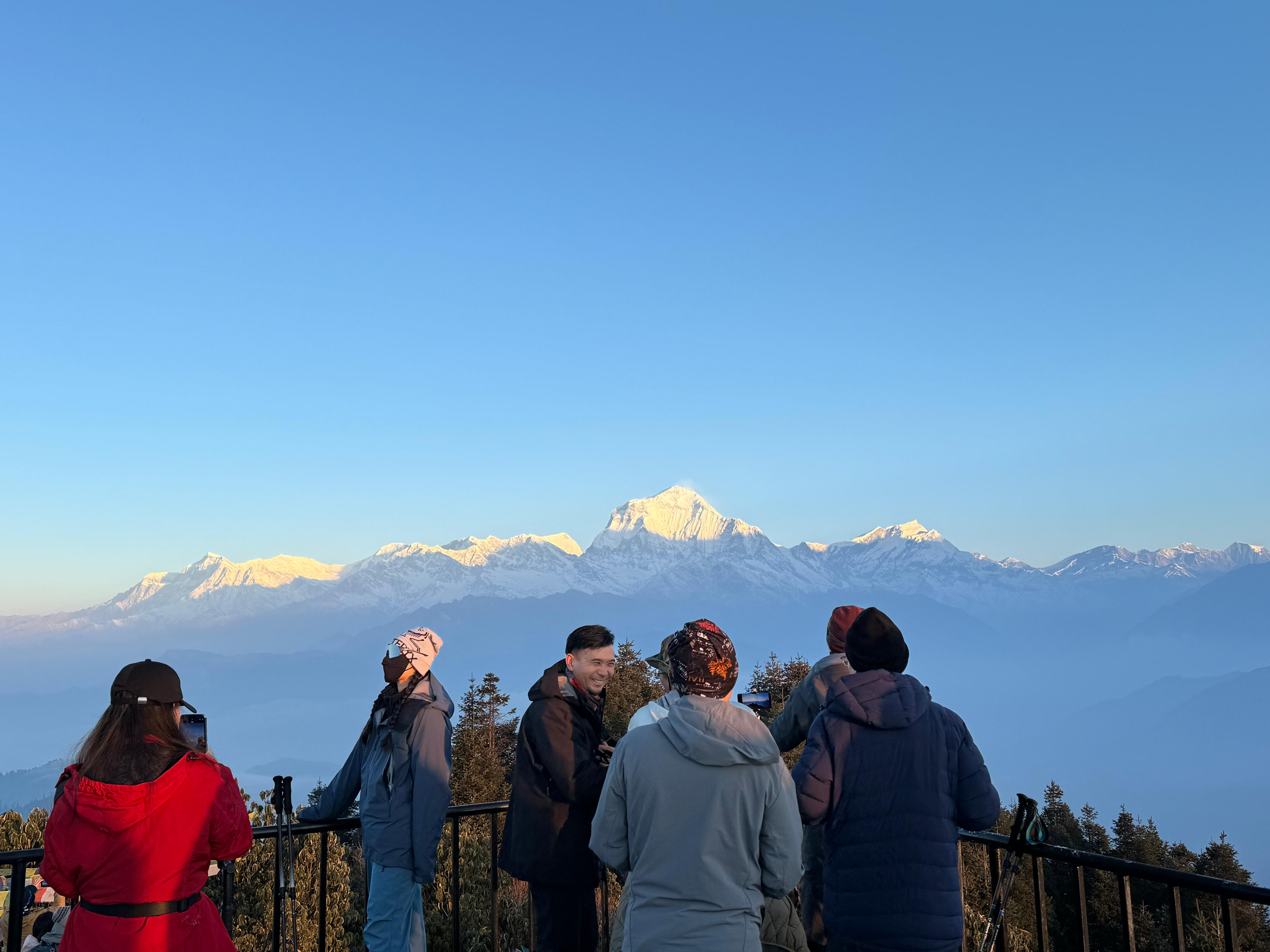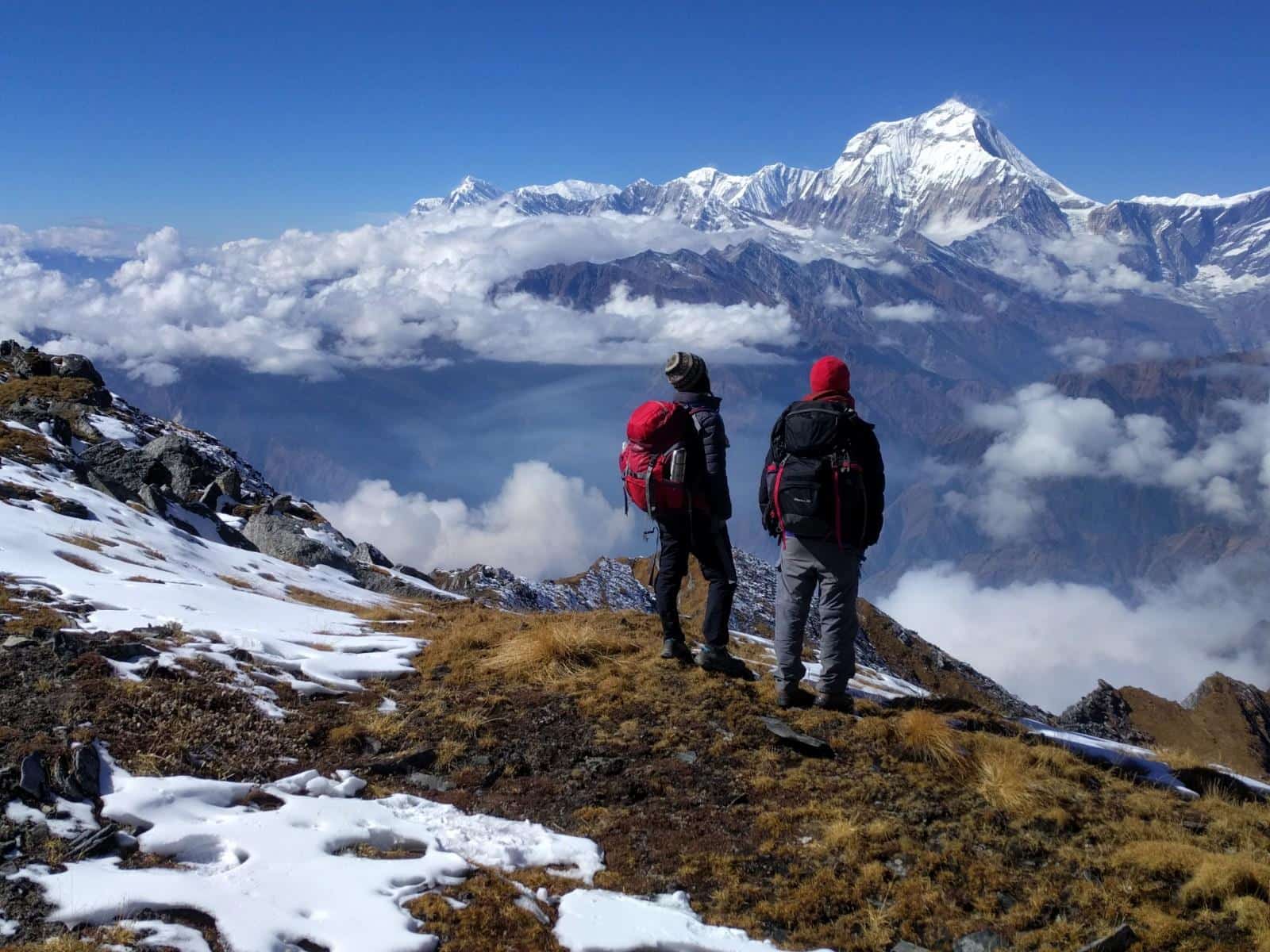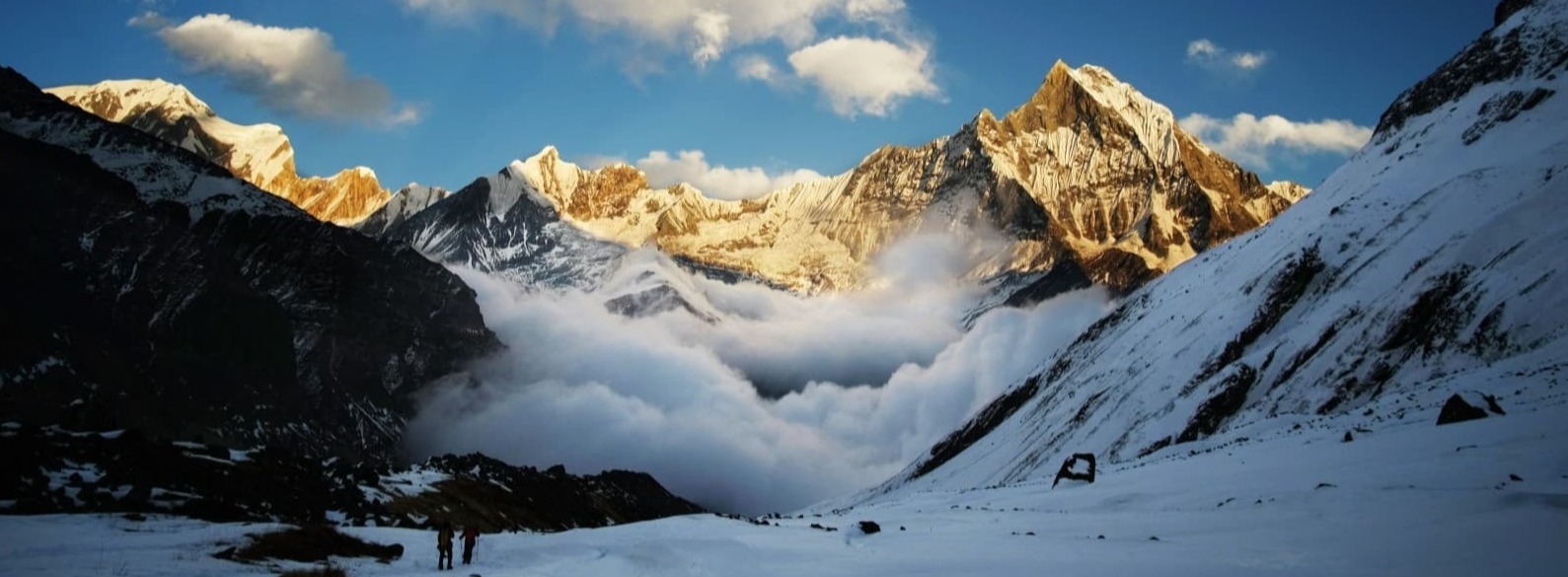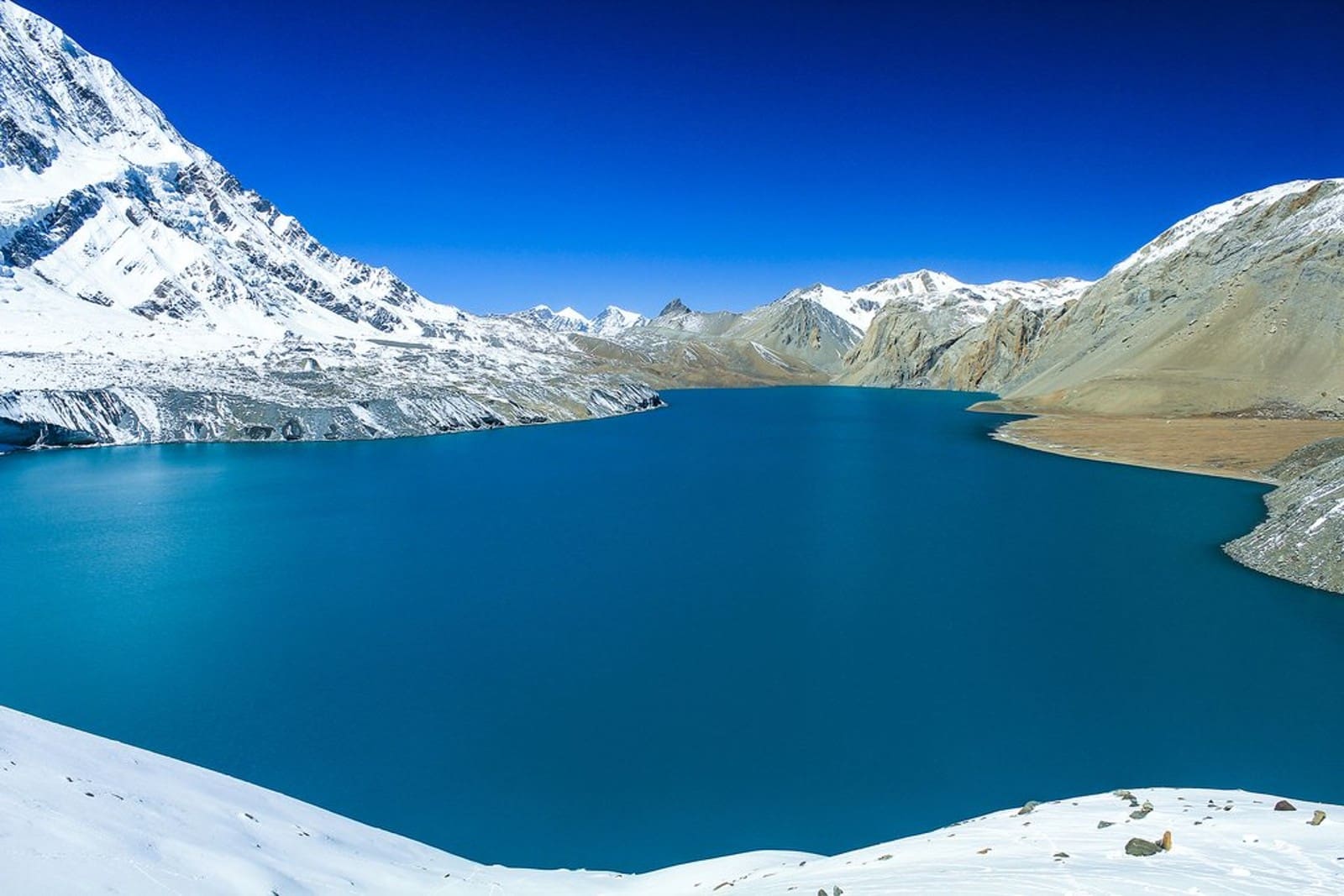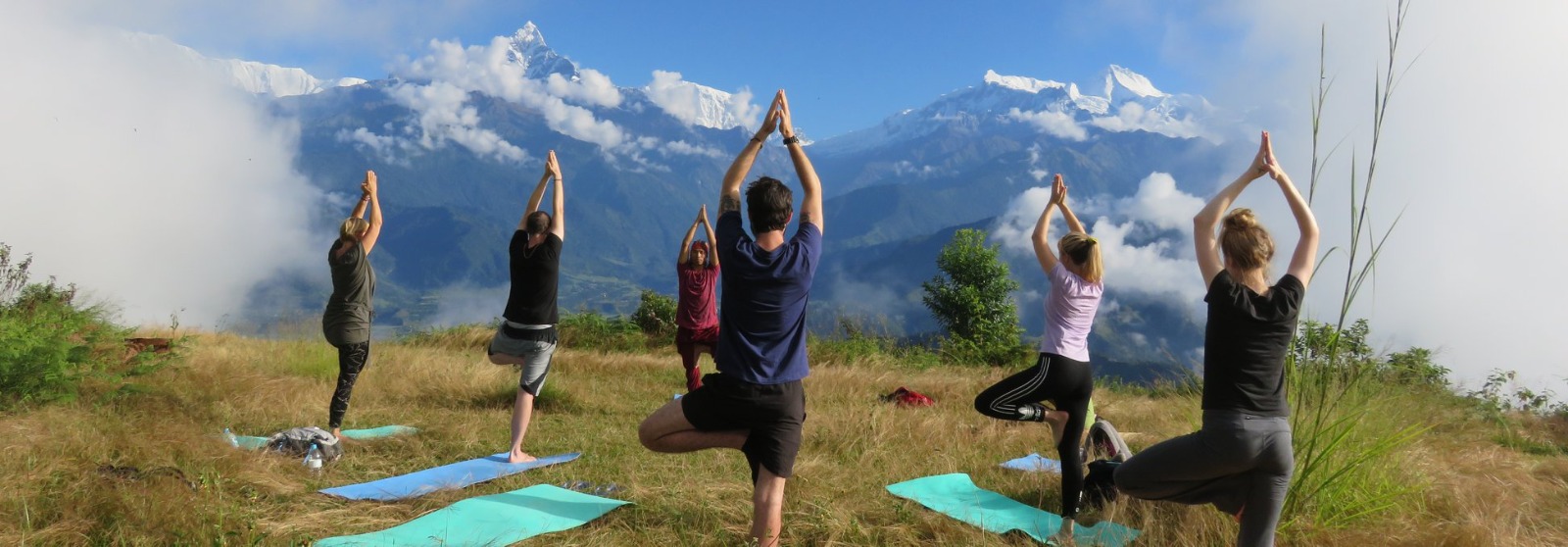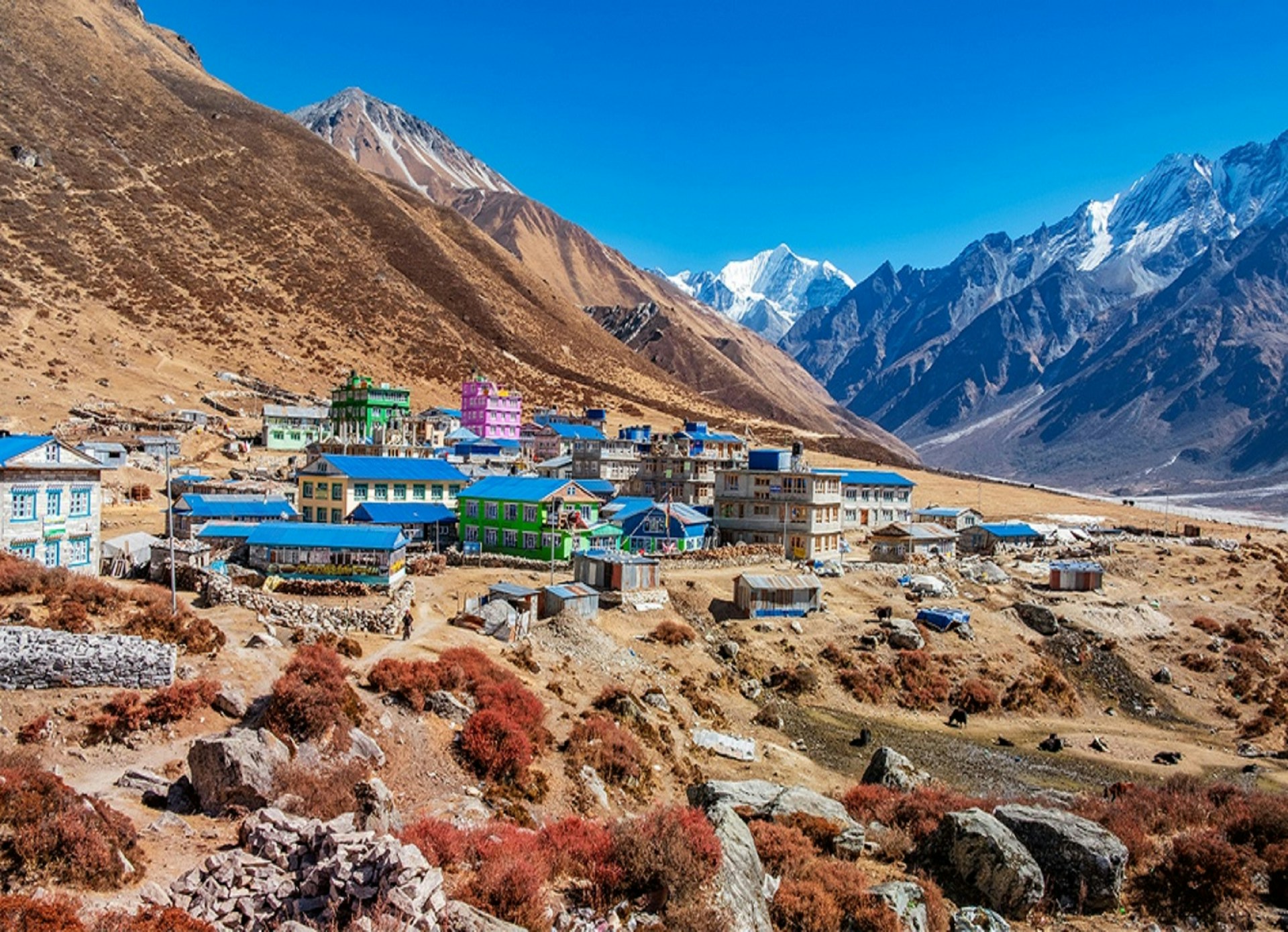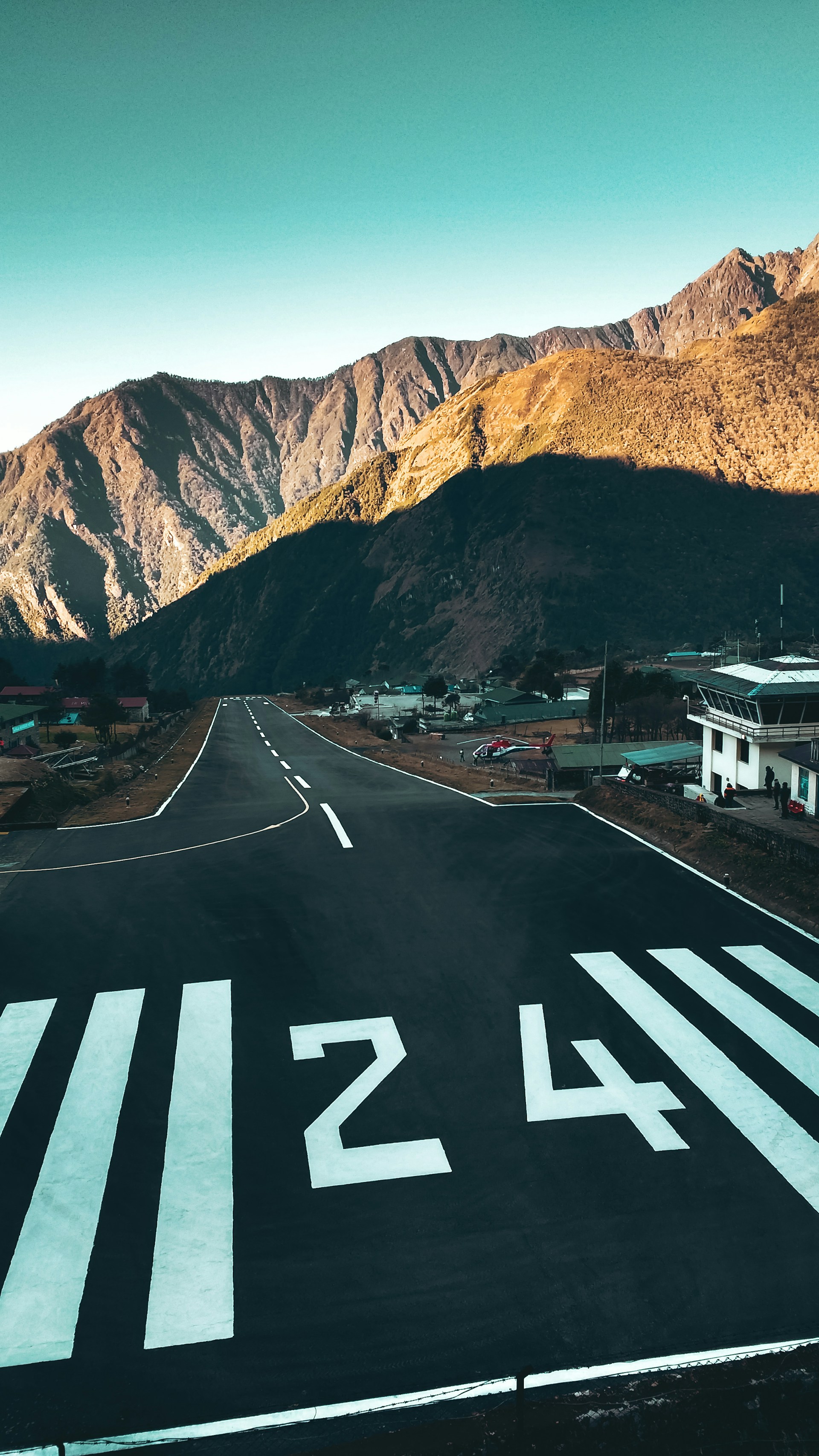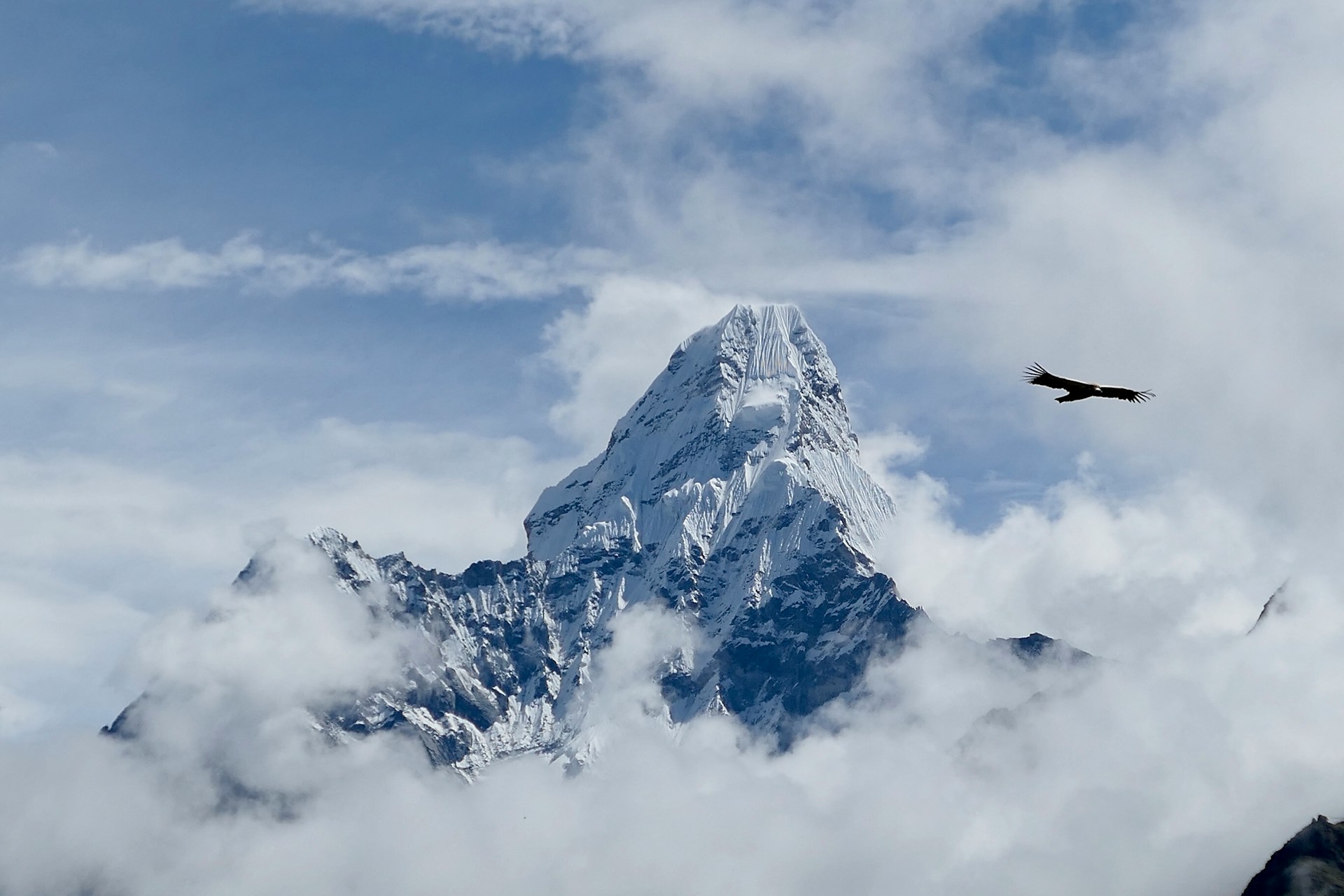Annapurna III
The Annapurna Range is part of the Himalayas, located in the Manang and Kaski districts of north-central Nepal. This area has some of the world's tallest mountains, like Annapurna I, which is the 10th highest peak in the world. For those who love adventure and trekking, the Annapurna Range offers many different places to explore.
You can walk through green forests, see beautiful waterfalls, climb steep cliffs, and visit high mountain meadows. The views are amazing and the experiences unforgettable. Annapurna III, the third-highest peak in this range, is perfect for those looking for a thrilling adventure. Vajra Adventure can guide you through these stunning landscapes, making sure your journey is safe and memorable.
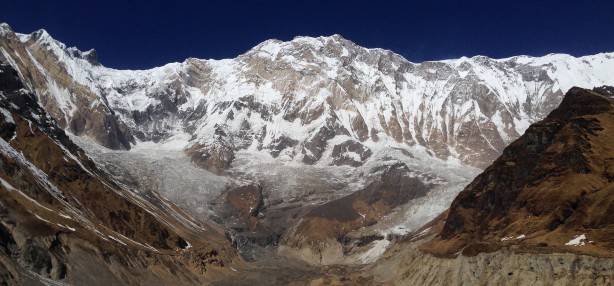
Geological and Geographical Overview of Annapurna III
Annapurna III is an impressive mountain, rising to 7,555 meters (24,787 feet) above sea level. This height makes it the 42nd highest peak in the world and the third highest in the Annapurna range. Over millions of years, geological forces have shaped Annapurna III into its current form, with rough, rocky slopes and icy ridges that present a tough challenge for climbers.
Although Annapurna Fang is slightly taller at 7,647 meters (25,089 feet), it is not considered a separate peak because it does not stand independently. Nevertheless, Annapurna III remains a significant and iconic mountain. Its stunning views and untouched natural beauty draw climbers and adventurers from all over the world, offering them a chance to experience its pristine wilderness and breathtaking landscapes. Explore this incredible mountain with Vajra Adventure to fully enjoy its majestic beauty and challenging terrain.
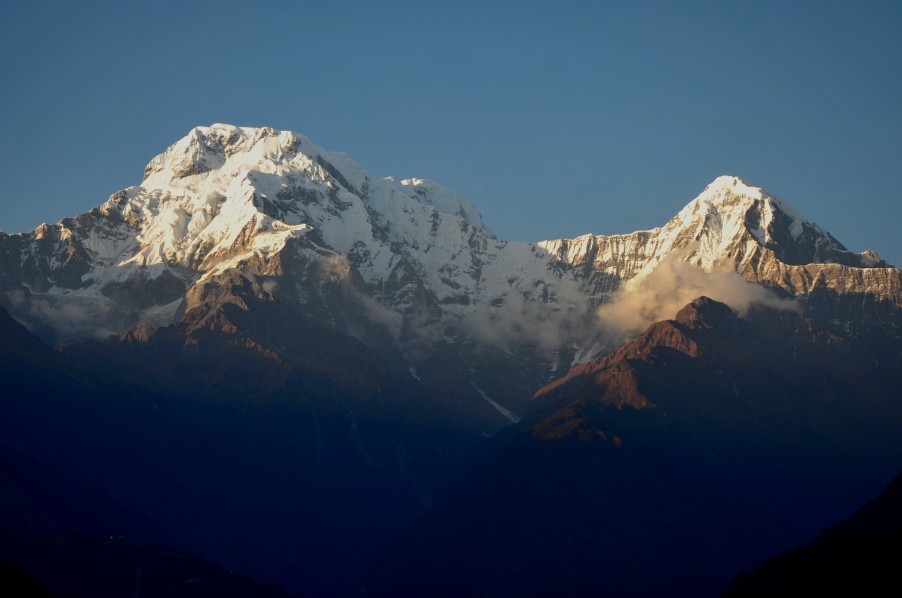
History of Annapurna III Expeditions
Annapurna III is a notable peak in the Himalayas, though it might not be as famous as its nearby giants like Annapurna I. The history of climbing Annapurna III is full of excitement and daring.
The first successful climb of Annapurna III took place in 1961. An Indian team, led by Captain Mohan Singh Kohli, was the first to reach the summit. The climbers, including Mohan Kohli, Sonam Gyatso, and Sonam Girmi, chose the Northeast Face route. Their climb was a major milestone in exploring the Annapurna mountains.
In another significant event, Japanese climber Junko Tabei, who was the first woman to climb Mount Everest, led a team to Annapurna III. This climb was special because Tabei became the first woman to reach the top of this peak.
Over the years, Annapurna III has seen many climbers, each contributing to its story. While it may not be as well-known as other peaks, Annapurna III remains an important part of climbing history and continues to attract adventurers from around the world. Explore this remarkable peak with Vajra Adventure to experience its unique challenges and breathtaking beauty.
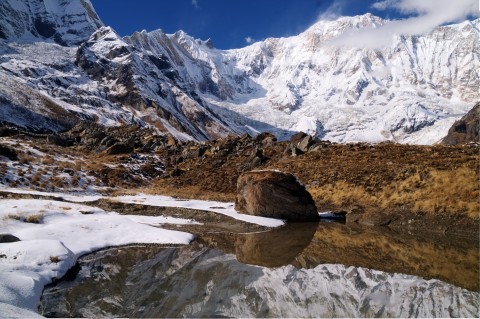
Best time for Annapurna III expeditions
When planning an expedition to Annapurna III, choosing the right season is crucial for a successful and enjoyable climb. The best times to undertake this adventure are during the pre-monsoon (spring) and post-monsoon (autumn) periods.
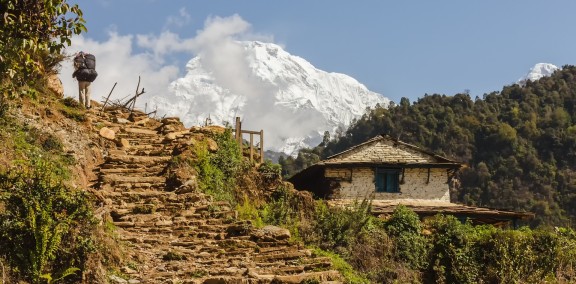
Pre-Monsoon Season (Spring): From March to May, the weather in the Annapurna region becomes favorable for climbing. During these months, the region experiences relatively stable weather conditions. The skies are generally clear, providing excellent visibility and stunning views of the surrounding peaks. Temperatures are mild, making the climbing experience more comfortable. Additionally, there is minimal precipitation during this time, reducing the risk of heavy snow or rain that could complicate the expedition.
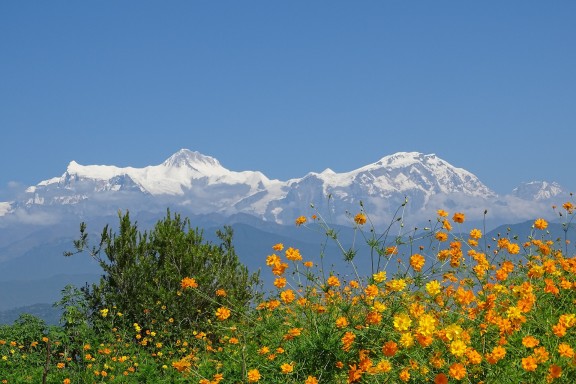
Post-Monsoon Season (Autumn): From September to November, the Annapurna region continues to offer excellent climbing conditions. The weather remains stable, with clear skies and moderate temperatures. This period is also characterized by minimal rainfall, which helps in avoiding the risks associated with wet and slippery conditions. The autumn season often provides crisp, clear air, enhancing the visibility of the majestic Himalayan peaks and ensuring a more pleasant climbing experience.
Both of these seasons are ideal for climbers looking to take on the challenges of Annapurna III. The favorable weather conditions during these times not only improve safety but also offer breathtaking views of the surrounding mountains. Whether you choose the spring or autumn season, you will benefit from the relatively stable weather and enjoy a memorable adventure in one of the world's most stunning mountain ranges.
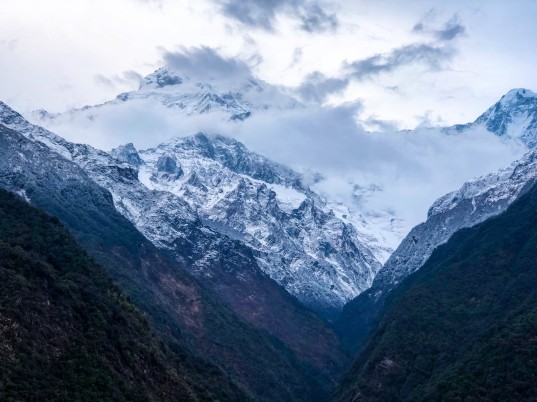
Annapurna III Climbing Route
Climbing Annapurna III is a challenging adventure, and most climbers choose the Northwest Face route. This route is known for its difficult conditions, including steep snow and ice slopes, rocky areas, and exposed ridges.
The Northwest Face route involves several tough obstacles. Climbers must carefully cross crevasses, which are deep cracks in the ice, and navigate around seracs, which are large ice blocks that can collapse. There is also a risk of avalanches, which adds to the climb's difficulty.
Many climbers have also tried the Southeast Ridge route, but it proved to be very tough. It wasn’t until 2021 that climbers finally succeeded in reaching the top via this route. Austrian climber David Lama even filmed his attempt on this route, which was unsuccessful and showed just how hard it can be.
On the Northwest Face route, climbers set up several camps at important points along the way. These camps are used for resting and protecting climbers from harsh conditions. As climbers move up, they face various challenges and have to carefully manage their gear and deal with changing weather.
Overall, climbing Annapurna III requires careful planning and a lot of strength. The Northwest Face is the main route used by climbers, while the successful climb of the Southeast Ridge in 2021 was a significant achievement.
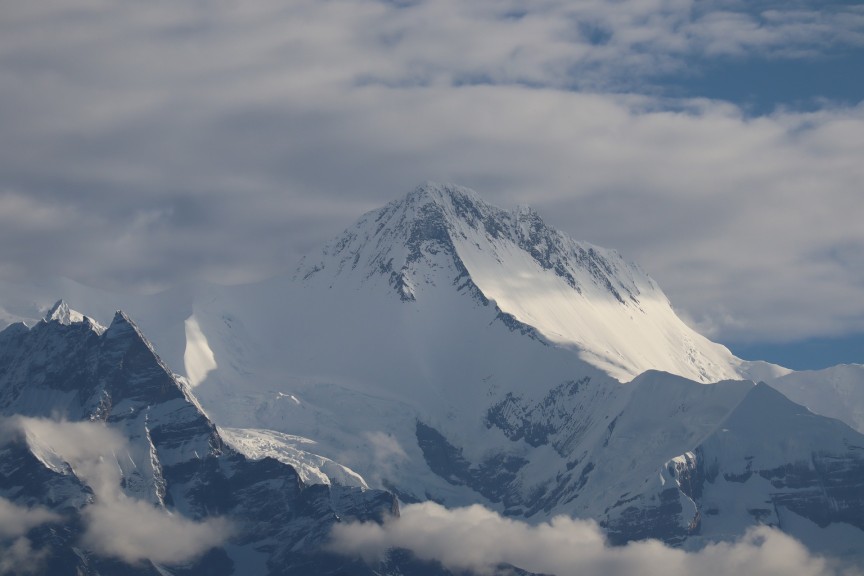
Annapurna III Permits and Visa
If you’re planning to climb Annapurna III, you’ll need a few important permits and a visa to enter Nepal. Here’s what you need to know:
Visa for Nepal: Most foreign visitors, except Indian nationals, need a visa to enter Nepal. You can get a tourist visa upon arrival at Tribhuvan International Airport in Kathmandu or at immigration checkpoints on Nepal’s borders. The cost of the visa depends on how long you plan to stay. As of now, a thirty-day tourist visa costs USD 50.
Annapurna Conservation Area Permit (ACAP): To enter the Annapurna region, you will need an Annapurna Conservation Area Permit (ACAP). This permit helps support the conservation of the area's natural and cultural heritage. You can obtain the ACAP from the Nepal Tourism Board office in Kathmandu or at the entry points to the Annapurna Conservation Area.
Trekkers Information Management System (TIMS) Card: The TIMS card is required for all trekkers entering the Annapurna region. This card helps ensure your safety by providing important information to local authorities and assisting with rescue operations if needed.
Make sure to arrange these permits and your visa before you travel to ensure a smooth and hassle-free adventure in the Annapurna region.
.jpg)
Conclusion
In conclusion, Annapurna III provides an exciting and rewarding experience for climbers and adventurers looking to explore the Himalayas. Its challenging terrain, stunning views, and interesting history make it a remarkable destination. Whether you're an experienced climber or new to mountaineering, Annapurna III offers a unique and inspiring adventure in its untouched wilderness.
Popular Packages of Annapurna Region
Recent Blog Posts
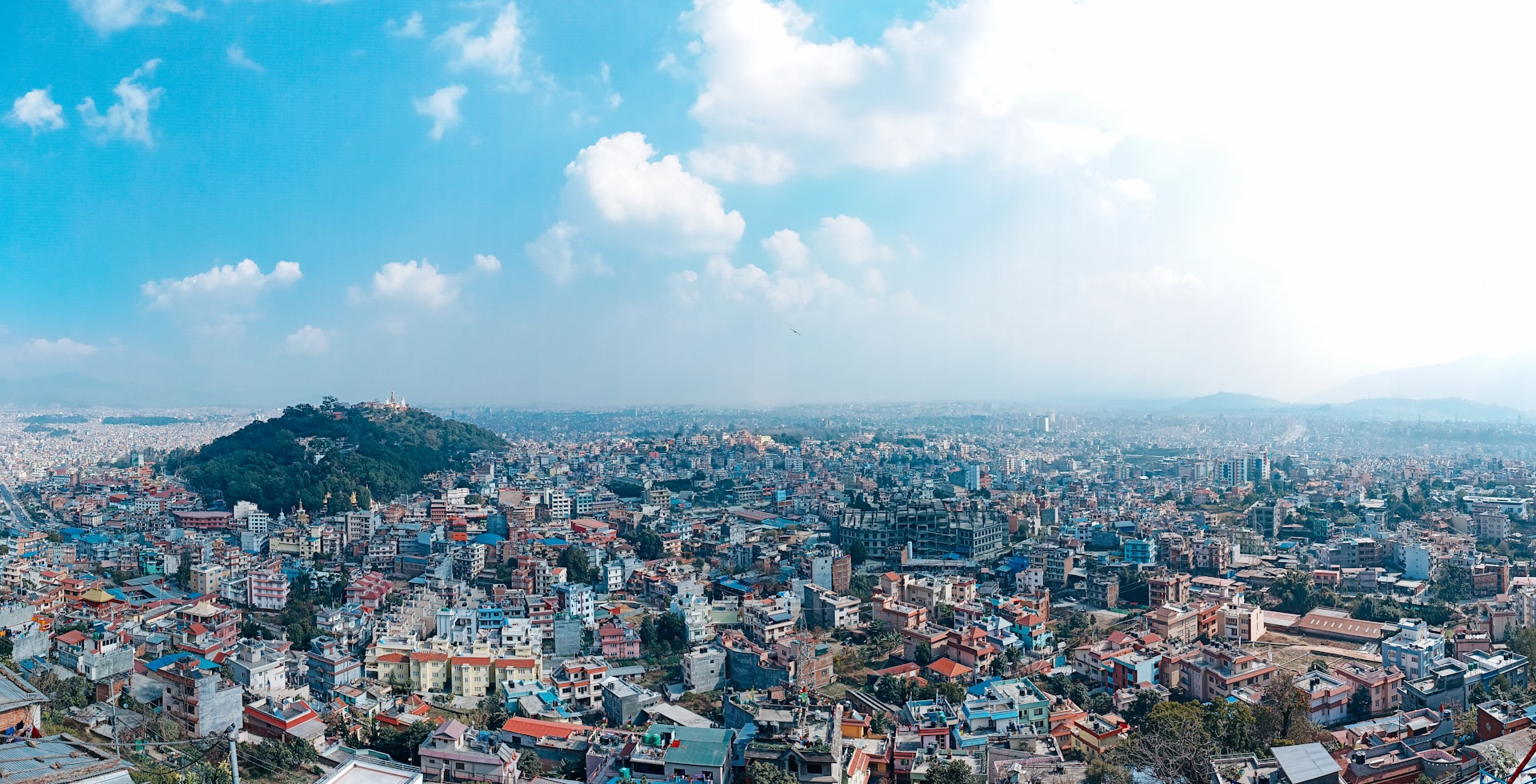
Kathmandu Valley: Exploring the Capital of Nepal
Jun 15, 2025
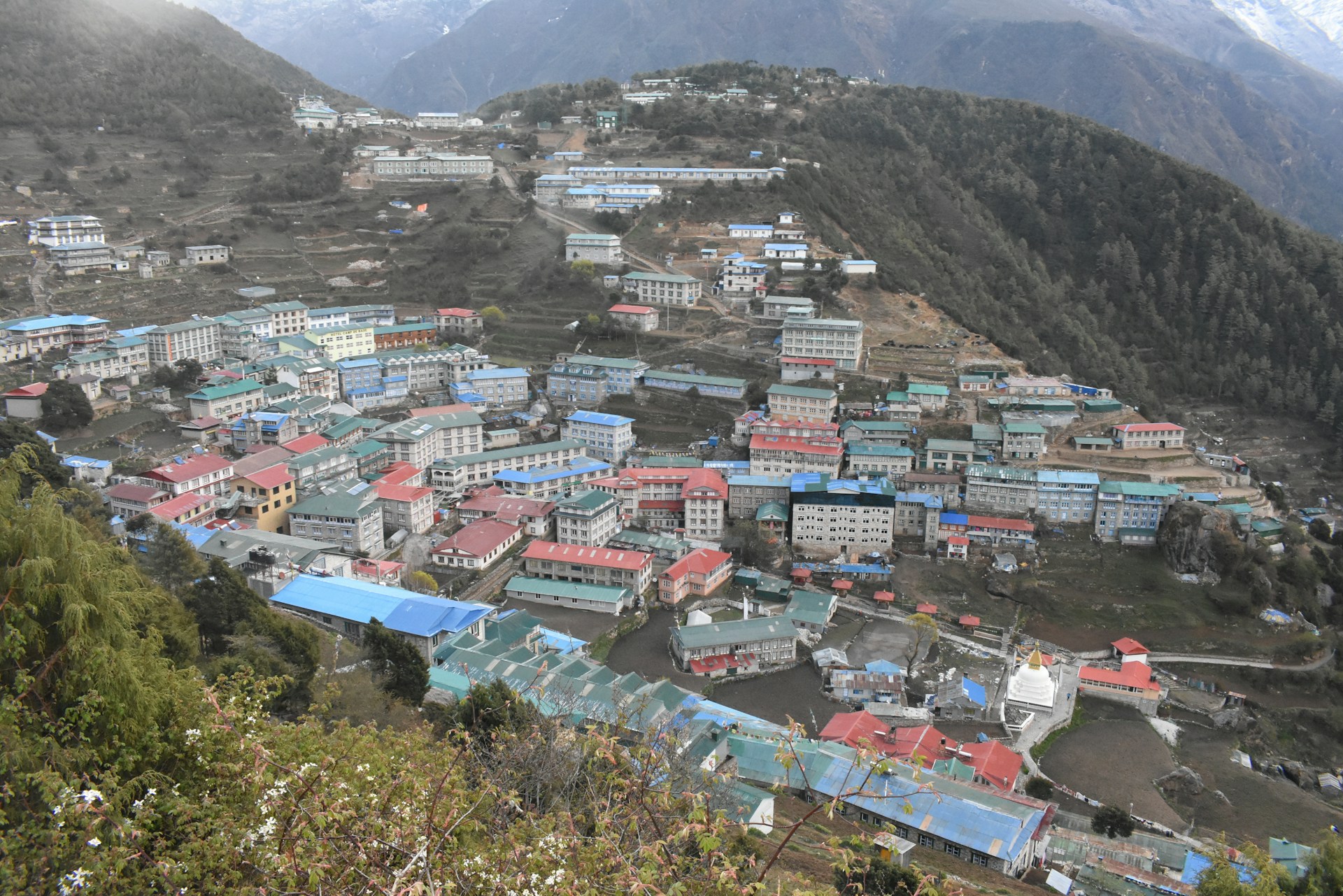
Namche Bazaar: What to Expect in the Sherpa Capital
May 20, 2025
